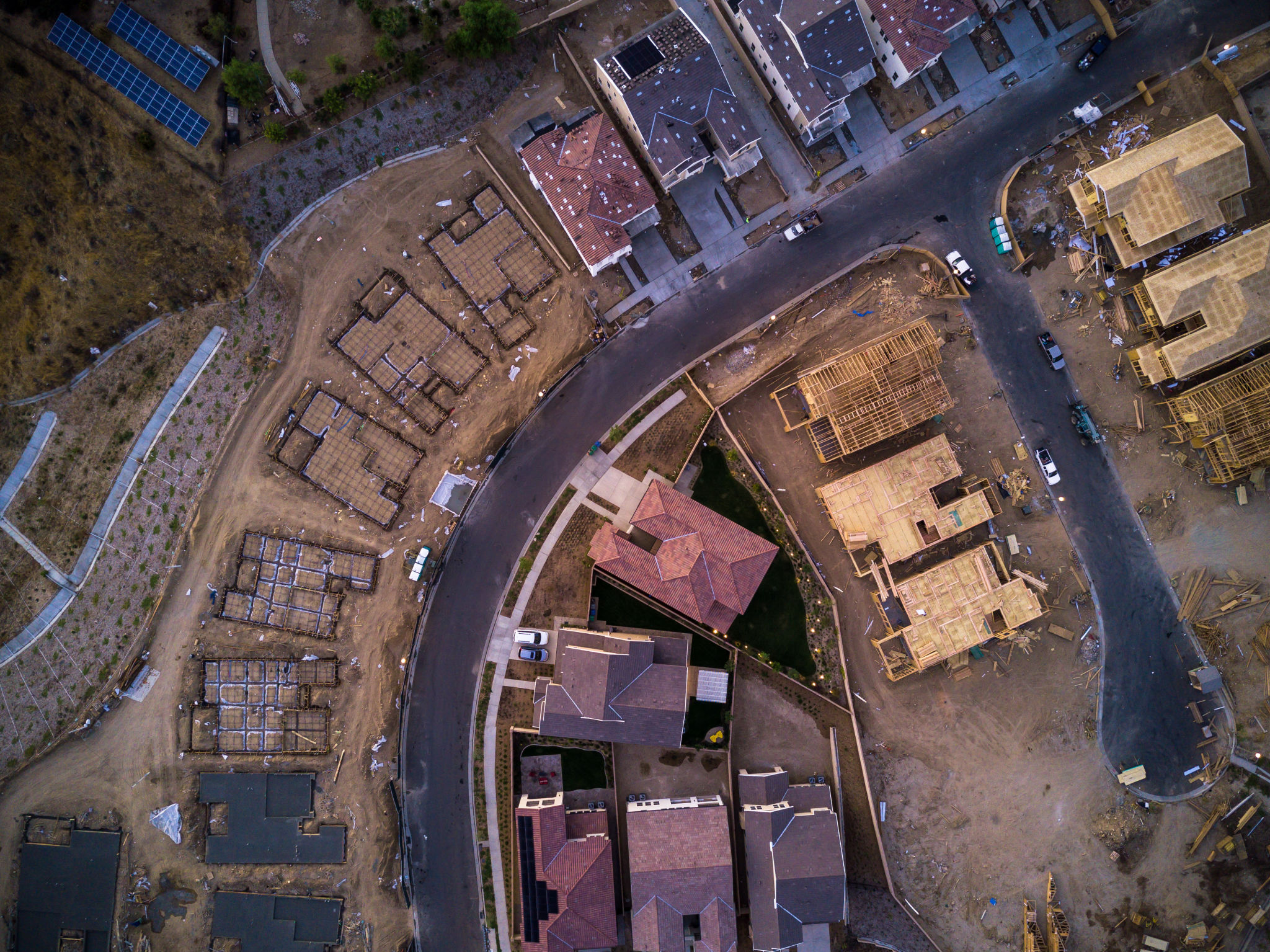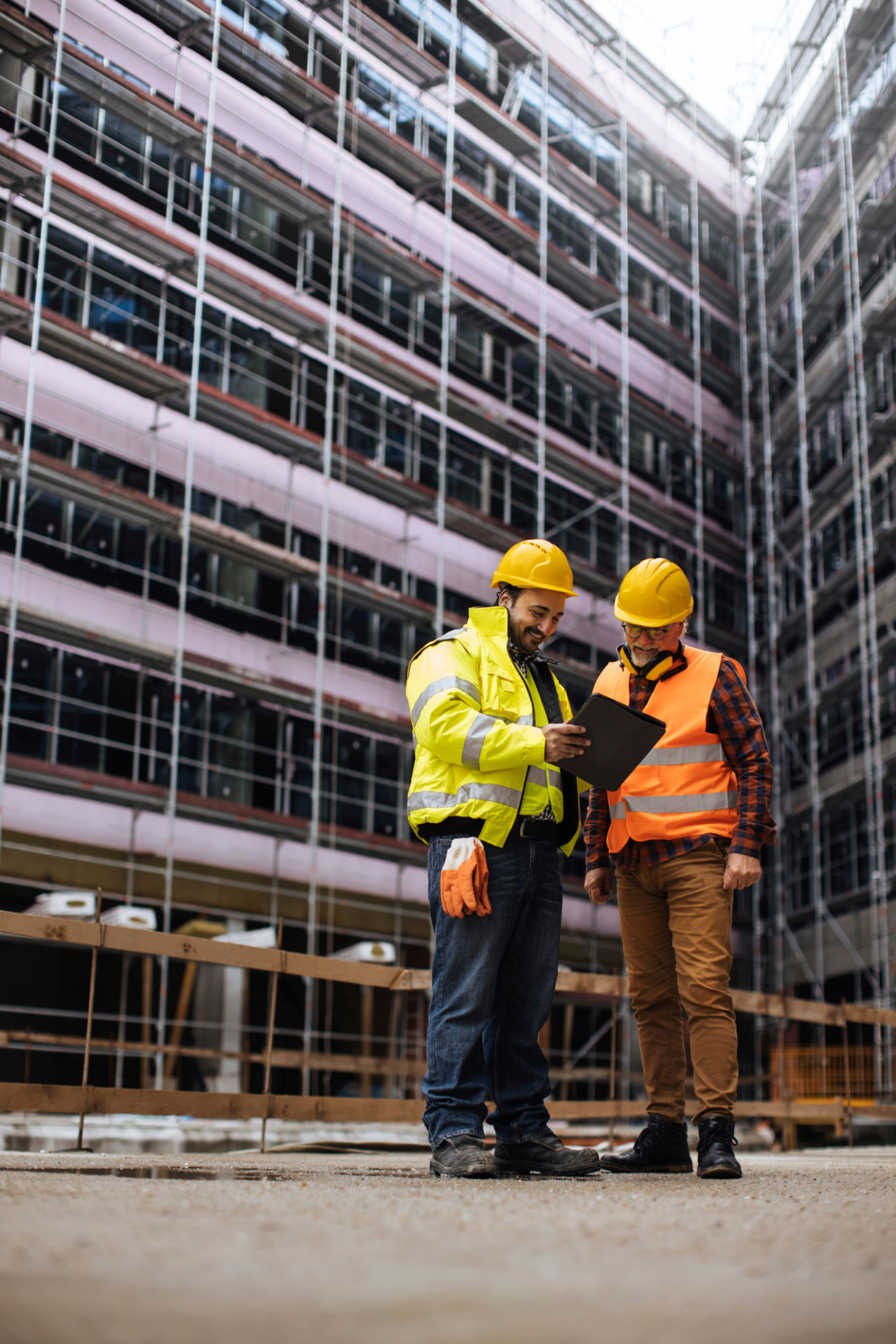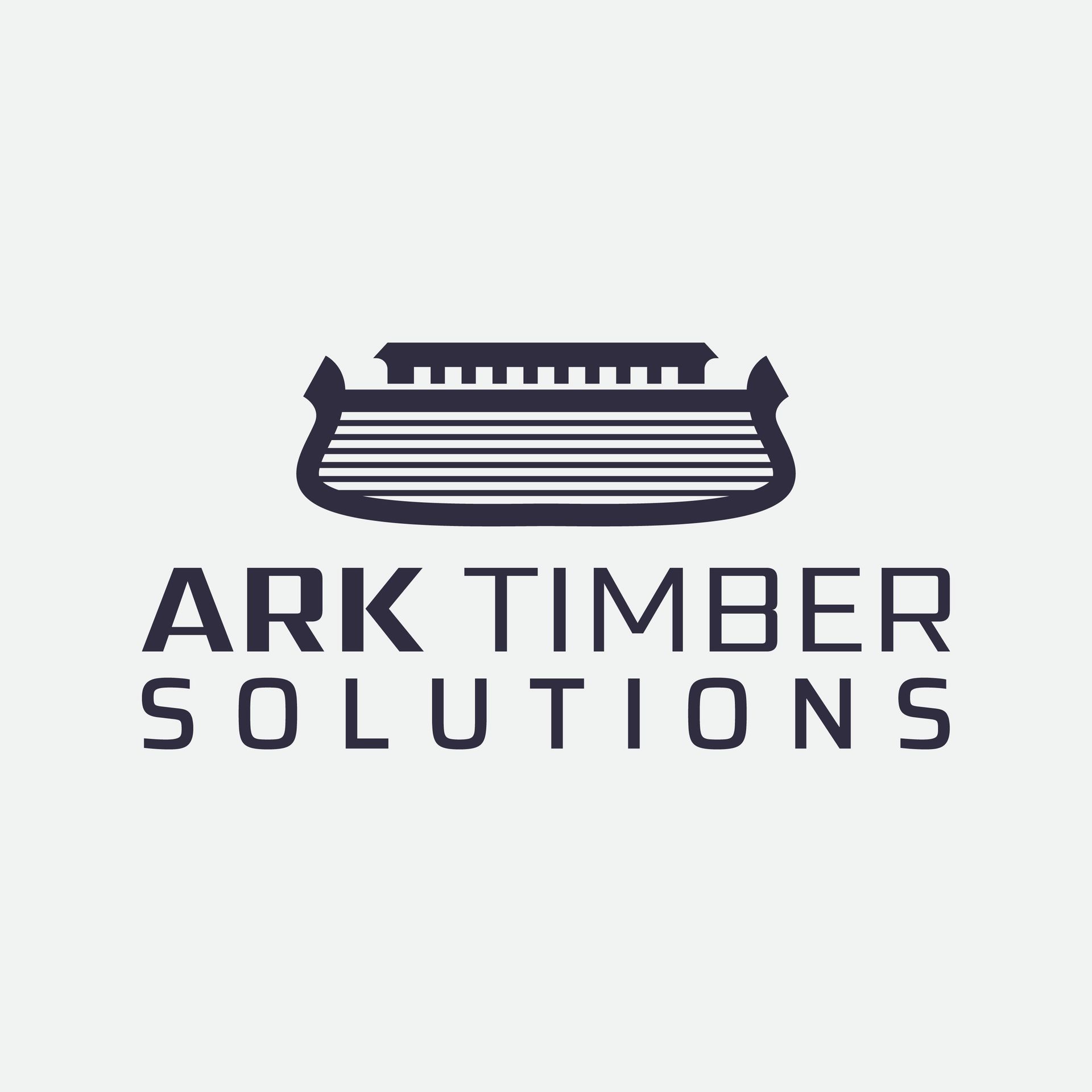Common Myths About Timber Frame Construction in the UK
Introduction to Timber Frame Construction
Timber frame construction has been a popular building method in the UK for centuries, known for its strength, durability, and environmental benefits. Despite its longstanding history and numerous advantages, there are several myths surrounding timber frame construction that may deter potential homeowners or builders from considering this method. In this post, we'll address some of the most common misconceptions and provide clarity on the benefits and realities of timber frame construction.

Myth 1: Timber Frames Are Not Durable
One of the most prevalent myths about timber frame construction is that it lacks durability compared to other building methods. In reality, timber frames are incredibly resilient when properly maintained. Modern timber treatments and construction techniques ensure that these structures can withstand the test of time, with many timber-framed buildings lasting for hundreds of years. The key to durability lies in quality materials and expert craftsmanship.
Addressing Moisture Concerns
A common concern is that timber is vulnerable to moisture, which could lead to decay. However, advancements in construction technology have greatly reduced these risks. Timber is now treated with preservatives that enhance its resistance to moisture and insect damage, making it a reliable choice for the UK's varied climate.

Myth 2: Timber Frame Homes Are Not Energy Efficient
Another misconception is that timber frame homes are less energy-efficient than their brick or concrete counterparts. In fact, timber frames offer excellent thermal performance. The natural insulating properties of wood help maintain a consistent indoor temperature, reducing the need for excessive heating or cooling. Additionally, timber frame construction allows for superior insulation installation that minimizes heat loss.
Environmental Benefits
Timber is a renewable resource that contributes to sustainability. Choosing timber frame construction supports eco-friendly building practices, as wood stores carbon dioxide throughout its lifetime. This makes timber frames a great option for environmentally conscious homeowners looking to reduce their carbon footprint.

Myth 3: Timber Frame Construction Is More Expensive
Many assume that building with timber is more costly than traditional methods. However, this isn't necessarily true. While the initial materials might be more expensive than some alternatives, the speed of construction with timber frames often results in reduced labour costs. The prefabrication process allows for faster assembly on-site, leading to potential savings in overall project costs.
Long-Term Cost Efficiency
The energy efficiency of timber frame homes also translates to lower utility bills over time. Furthermore, the durability and low maintenance requirements contribute to reduced long-term expenses. When evaluating the total cost of ownership, timber frame construction can be a financially savvy choice.
Conclusion
Timber frame construction continues to be a viable and attractive option for building in the UK. By debunking these common myths, it's clear that timber offers numerous advantages, including durability, energy efficiency, and environmental benefits. Whether you're building a new home or considering renovations, timber frame construction deserves serious consideration as a sustainable and cost-effective option.
